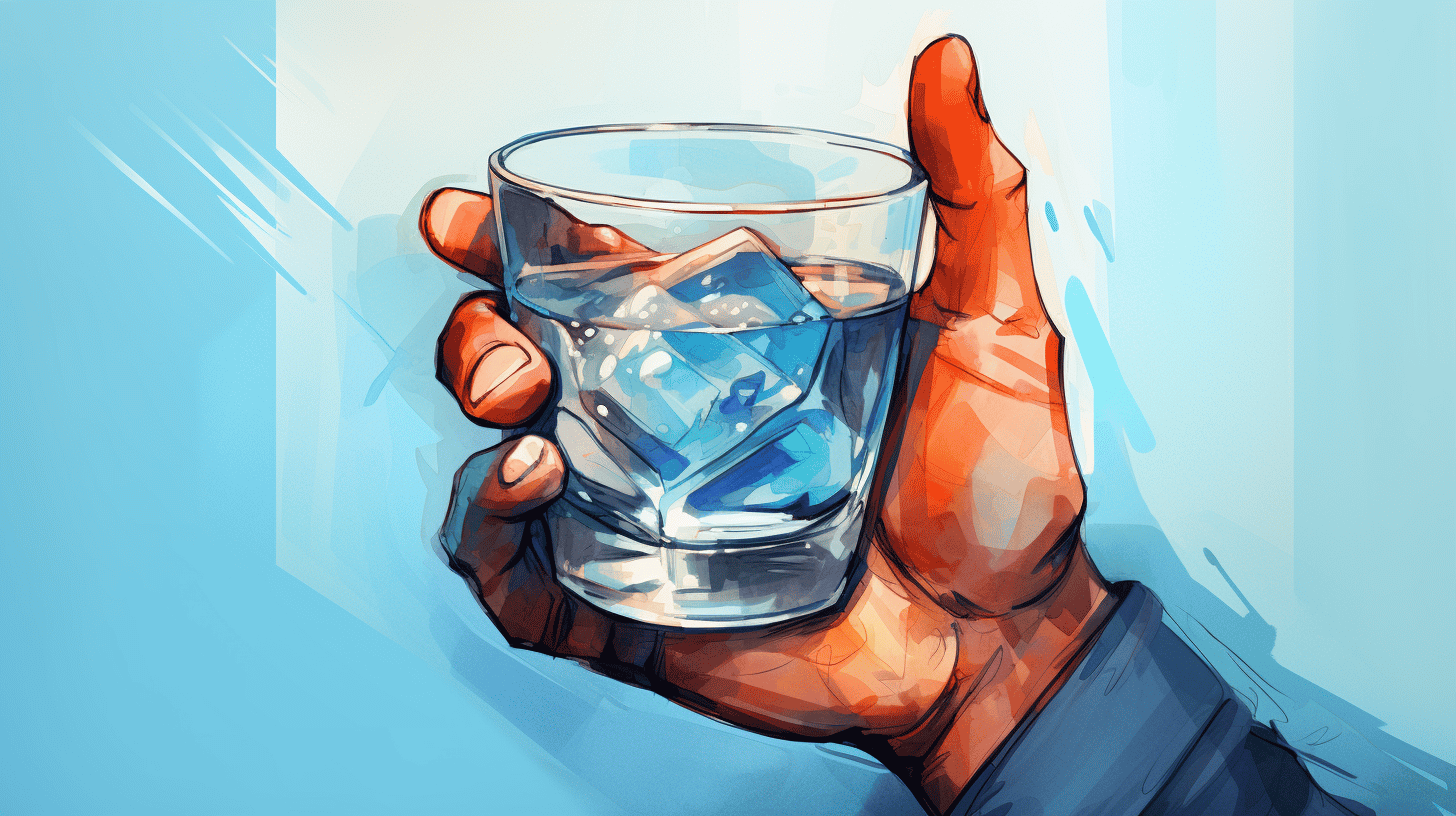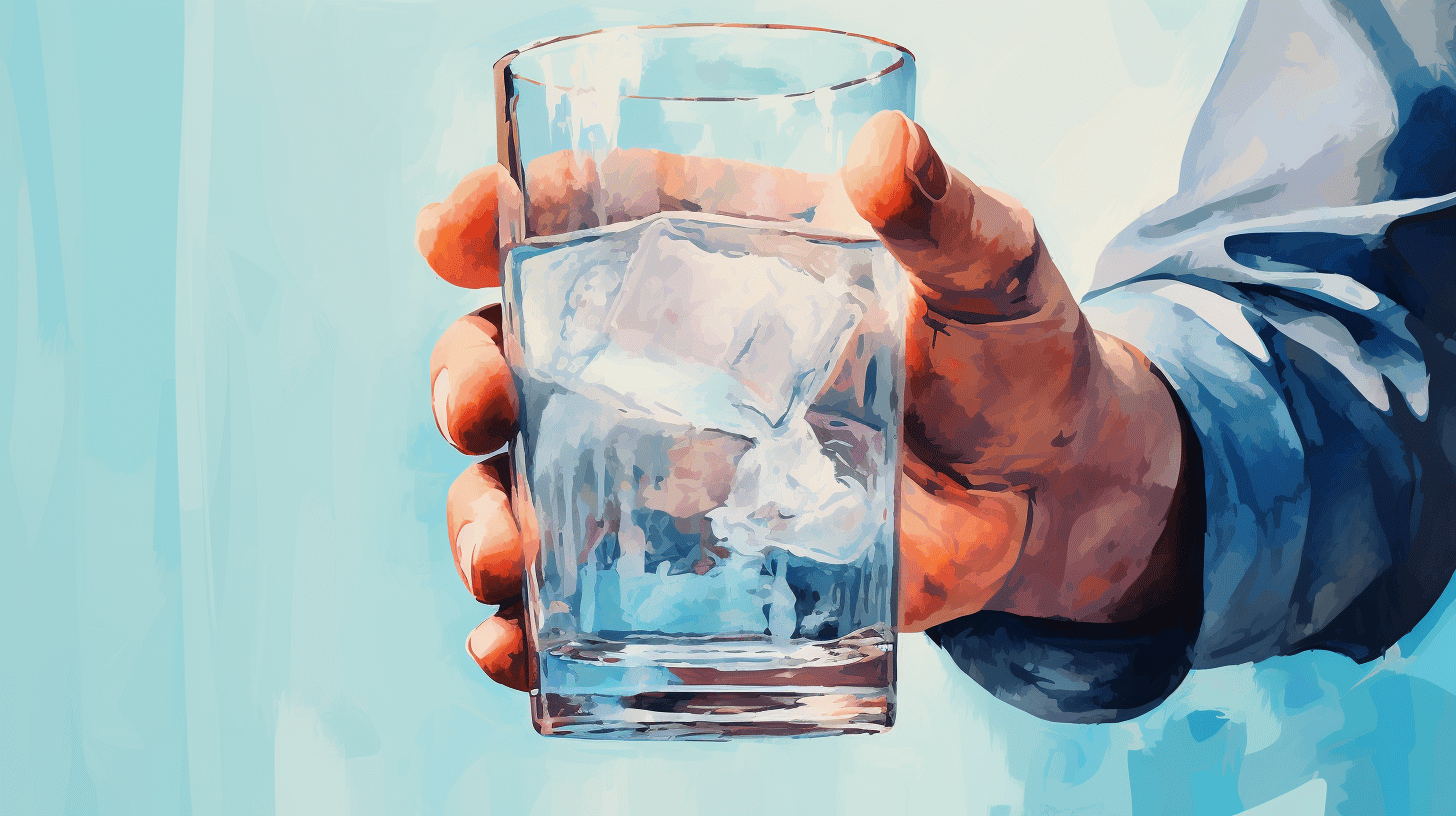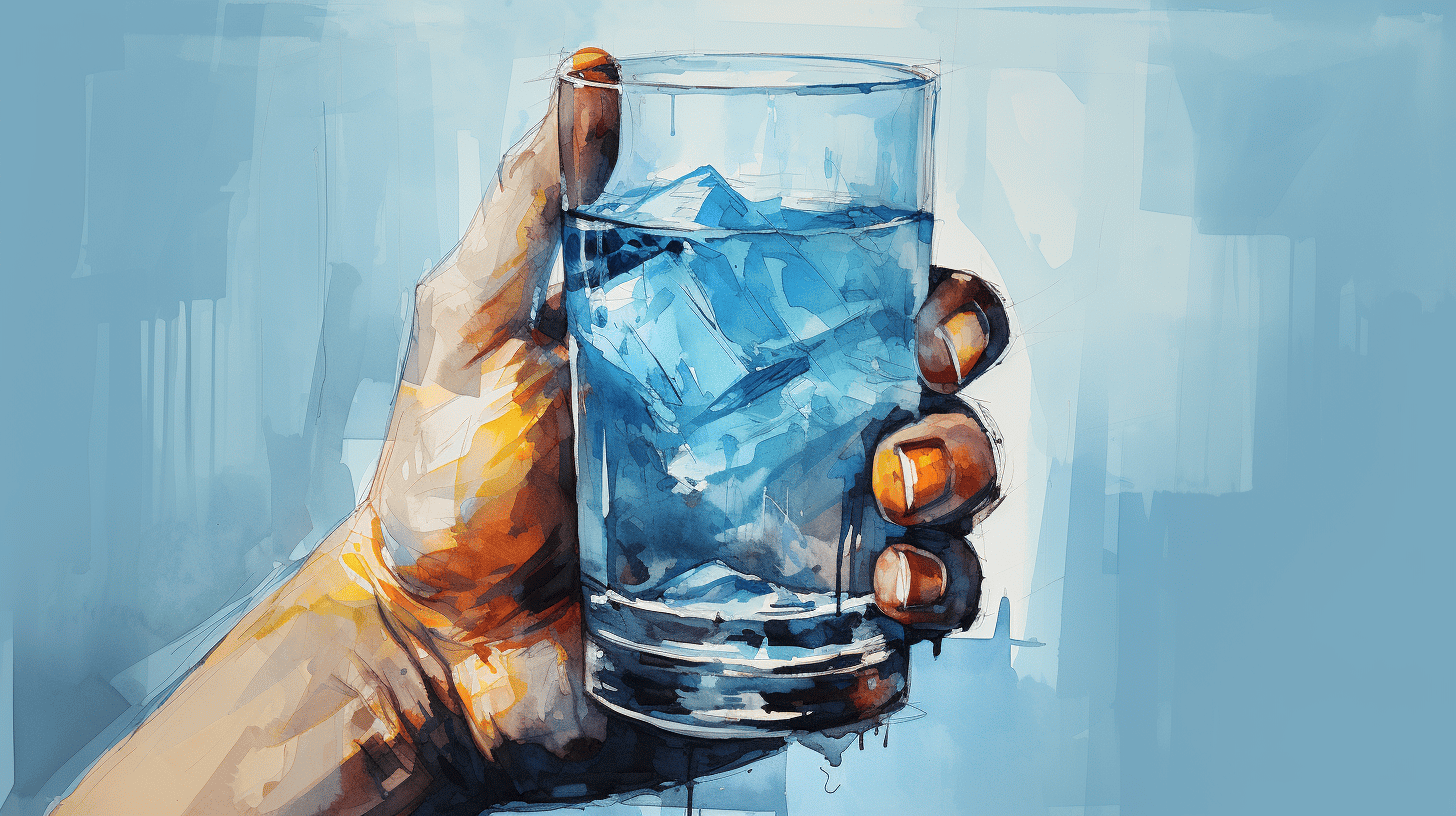Welcome, dear readers! As we head into an era of newly reopened bars and pubs, one timeless threat lurks in the festive atmosphere - that of drink spiking. Most of us have heard stories about dangerous instances where unsupervised drinks led to harmful, and at times, tragic outcomes. Today, we dive into the issue, starting a conversation about an unspoken hazard that touches all our lives. Remember, knowledge is power, and the more we learn and talk about drink spiking, the better we can protect ourselves, our friends, and our family from falling victim to this threatening practice. Join us as we shed light on the scale of this problem, demystify the telltale signs of drink spiking, and discuss life-saving ways of preventing it.
The Scope of the Drink Spiking Problem
Let's touch on a subject that's more serious than we wish it had to be: drink spiking. This widespread problem has been sweeping nations and burrowing its roots deeper into our societies. It's a heartbreaking reality that in everyday leisure settings, unsuspecting individuals become victims of an insidious act known as drink spiking. We believe that getting to know the issue, understanding its scope, is the first line of defense. So, let's dive into the cold facts, looking at statistics from the UK, the US, and Australia, then wrap up our discussion with the significant findings of the Global Drug Survey.
UK Statistics
The National Police Chiefs' Council graced the public with insightful yet disconcerting data. According to their reports, there were 6,732 incidents of drink spiking that occurred between May 2022 and April 2023. Not a figure we'd like to see, but a reality that is essential to comprehend if we're to face this menace head-on.
US Statistics
Meanwhile, across the pond, Boston wasn't spared either. The Boston Police Department recorded 47 reports of drink spiking in the first six months of 2023. At this rate, one would dread to think of the potential year-end figures.
Australian Statistics
Down Under, the 2022 numbers are equally distressing. The New South Wales Bureau of Crime Statistics and Research recorded 219 drink spiking incidents, showing a surge from the 154 reported in 2021.
Global Drug Survey Findings
The Global Drug Survey, a beacon for global insights into this pressing issue, has been instrumental in providing knowledge to combat this crime. Their findings tie together these alarming statistics, painting a more comprehensive picture of the scale of drink spiking.
There is a takeaway here: drink spiking is an issue that's closer to home than many would hope. Being aware and informed is a critical defensive armor. That's why we recommend you read our piece on Protecting yourself from drink spiking. It's not just about policing our drinks, but also encouraging a proactive culture of looking out for each other. After all, a safer society is the shared responsibility of us all.
Notable Demographics and Trends in Drink Spiking
We live in a day and age where socializing has become second nature to us. Be it a casual coffee with friends, a celebratory toast at a wedding, or a night out bar-hopping — it's all in good fun until it isn't. The harm in question? Drink spiking. Yes, this horrific action has become a globally recognized issue, and it's high time we shine a light on it. Let's dive deep into the demographics and trends revolving around this concerning hazard.
Gender and Roles
It's no secret that gender plays a significant part in various societal issues, and sadly, drink spiking is no exception to this. According to a study conducted by the National Police Chiefs' Council, nearly 12% of respondents reported having their drinks spiked. Among the affected, females were impacted more than males, making it evident that the thread of this problem is woven deeply into our society's gender fabric.
- Men are primarily seen as the perpetuators - guilty of the act.
- Women, generally, are the victims - at the receiving end of the perpetrators' heinous motive.
However, it's crucial to tear down these gender-based stereotypes. While more females are victims, they're not the only ones subjected to this dreadful act. Males can and do fall prey to drink spiking too.
Underreporting of Spiking Incidents
Now, couple the gender dynamic with the dilemma of underreporting, and the issue takes on another grim layer. It's shocking to hear that over 90% of people who suspected their drink was spiked did not report it to authorities. This underreporting is a significant concern for a number of reasons:
- It allows the perpetrators to escape justice and potentially repeat their deplorable act.
- It makes it hard for authorities to understand the true extent of the problem.
- Lastly, it sends a chilling message to the victims: that their experiences aren't valid.
As we navigate this expansive conversation, it's essential for us to advocate for these silent voices, ensure they're heard, and fight against the alarming underbelly of drink spiking.
By examining these trends in drink spiking, we're taking essential strides in safeguarding our society. By understanding the dynamics of gender, underreporting, and their wretched interplay, we can tackle this transgression head-on. Together, let's strive to make drink spiking a conversation of the past and promote safer social spaces for all.
Signs and Symptoms of Drink Spiking
We've all heard those chilling stories. One moment, you're having a good time at a party, a bar, or a nightclub, and the next thing you recall is waking up feeling disoriented, unsure of what occurred the night before if anything at all.
Drink spiking, the act of adding drugs or alcohol to a person's drink without their consent, is a real and serious issue that far too often goes unnoticed until it's too late. It's essential to equip yourself with knowledge and to understand the warning indications of this malicious act so as to protect yourself and your loved ones.
Feeling overly intoxicated, sleepy, or dizzy after consuming only a small amount of alcohol might be a symptom of drink spiking. Other times you might sense an oncoming faint or sickness. Alarmingly, these symptoms are frequently mistaken as the effects of excessive alcohol consumption.
Let's delve into a little more detail:
- Overly Intoxicated: If you're feeling disproportionately drunk in relation to the quantity of alcohol consumed, this could be a warning sign. It's critical to take note of this, particularly if your tolerance is normally higher.
- Unusual Sleepiness: Feeling lethargic or extraordinarily tired after having a drink is another symptom. Drugs used in drink spiking often cause the victim to feel drowsy.
- Dizziness: Feeling unsteady on your feet or experiencing a head-spinning sensation could indicate that your drink has been spiked.
- Nausea or Sickness: Feeling sick or experiencing sudden vomiting that seems unrelated to alcohol consumption is another sign you should look out for.
- Feeling Faint: If you're on the verge of fainting or blacking out after having a few sips of your drink, it's possible that something was slipped into your beverage.
These are only a few of the signs and symptoms of drink spiking. It's important to remember that not everyone exhibits the same symptoms and every situation is unique. So, always err on the side of caution.
Remember, it's not your fault if this happens to you - having your drink altered without your consent is a criminal act and a violation of your trust. But by knowing the signs, you can help to protect yourself and others, ensuring everyone has a fun, and most importantly, safe night out.
Steps to Stay Safe and Prevent Drink Spiking
No one likes to think that it could happen to them, but drink spiking is a real issue that affects a lot of people. Whether it's done as a prank or with more sinister motives, it's vital to be aware of the steps you can take to stay safe. Here, let's dive into a few personal measures, steps that the venues should take and legal measures being proposed to combat drink spiking.
Personal Measures of Prevention
You've likely heard it before, but it bears repeating - one of the best ways to protect against drink spiking is by always watching your drink being poured. When you're in a bustling bar or at a crowded party, it's easy to lose sight of your drink. But, by staying diligent and only accepting drinks you've seen poured, you can vastly decrease the chances of anything unwanted making it into your drink.
Some other preventive measures you can adopt are:
- Never accept drinks from strangers or those where you cannot confirm the source.
- Always keep your drink in hand or in sight.
- If you feel suddenly drowsy or unwell, seek help immediately.
Venue Aid
Meanwhile, hospitality venues are not without responsibility. They must do their part in preventing drink spiking incidents. Taking a proactive stance by providing customers with anti-spiking products like drink toppers — which fit over the top of glasses and bottles to prevent anything from being added — can significantly ramp up safety.
Now, more than just offering additional protection, it sets a precedent. It says, loud and clear, to every patron that the venue cares about their safety and wellbeing.
Proposed Legal Measures
In our continuous efforts to stamp out drink spiking, progress is also being made in the legal arena. The National Police Chiefs' Council, for instance, is advocating for the investment in research into testing kits for spiked drinks. By arming ourselves with the tools to quickly and accurately detect whether a drink has been tampered with, we can further deter would-be saboteurs.
In an ideal world, drink spiking wouldn't exist. But is it in our power to get closer to this reality, whether by adopting personal safeguards, supporting venues that prioritize safety, or advocating for more forceful legal measures. Let's do our part to keep one another safe.
Need for Coordination to Zero-in on Drink Spiking
We've all heard the harrowing stories or perhaps experienced firsthand the dreadfulness of drink spiking, an issue that has devastatingly been on the rise. It's a situation where calls to Protect yourself from drink spiking are ever so pertinent. Despite the alarming statistics and distressing anecdotes, there appears to be a somewhat disjointed approach across the platforms of responsibility—venues, police, and health services. What if we began to address this issue in a more joint, holistic, and coordinated fashion?
Venues can take the initiative through more vigilant staff training, patron education and implementing stringent rules around unattended drinks. Glasses with covers or specialized drinkware designed to deter drink tampering can be introduced. More importantly, immediate reporting and assistance in drink spiking situations need to be prioritized.
Police and legal systems can play their role by presenting a more empathetic stance, dealing seriously with reports of drink spiking, collecting evidence promptly and effectively, and enforcing stern responses to offenders. This will encourage victims to report these incidents, knowing they will be taken seriously and that charges will be laid swiftly.
Health services, on the other hand, need to be adequately equipped to immediately obtain toxicology reports when instances of drink spiking are suspected, providing the necessary medical and mental health support that victims undoubtedly require.
But none of these efforts will be efficient unless handled in a coordinated manner. A symbiotic relationship between these entities is essential for strengthening public safety. Their unified influence can stimulate a societal shift, steering us away from blaming victims towards a future where everyone can socialize without fear of foul play. Their effective interplay can encourage people to confidently call out inappropriate behavior, report suspicious activity, and hopefully deter prospective wrongdoers.
This coordination will also inspire the creation and enforcement of stringent laws at the highest level. The integration of these support systems would not only point to resolving the issue of drink spiking but stand as a symbol of society refusing to tolerate any form of harassment or abuse. Sadly, this message is currently served diluted and needs to be fortified.
Indeed, we need more coordinated support from venues, the police, and health services to tackle the issue of drink spiking effectively. This collaboration is a vital step forward in guaranteeing the safety of patrons and sending a strong message to perpetrators that such behavior won't be treated lightly. For, if we stand divided on this issue, perpetrators will continue to find cracks through which they can slip. Content in knowing their actions may go unnoticed, unreported, or unpunished. Let's patch these cracks and take assertive collective steps towards zeroing in on drink spiking.
Conclusion
To truly combat the widespread issue of drink spiking, we all need to play our part. As individuals, we can adopt measures to protect ourselves, and as communities, we can advocate for venue and legal improvements. But remember, prevention starts with raising awareness and education, which we hope this article has helped to contribute to.
For supplementary resources to further strengthen your personal safety efforts, Empowered by Ashley offers a range of security products. Among them is the unique drink cover scrunchie, a practical and fashionable accessory that can elevate your safety measures when socializing. Designed with functionality and style in-store, it's a favorite choice for many women looking for that extra layer of protection.
Drink spiking is a serious crime, and together, we can work towards a future where everyone feels safe when socializing. Let's empower ourselves and our communities, vigilant and compassionate in our collective fight against this disturbing trend.
Frequently Asked Questions
-
What is drink spiking?
Drink spiking is the act of adding substances to someone's drink without their knowledge or consent. These substances can include drugs, alcohol, or other substances that can impair a person's judgment or physical abilities.
-
Why do people spike drinks?
People may spike drinks for various reasons, including to cause harm or take advantage of someone, to facilitate theft, or as a form of prank or bullying. It is a dangerous and illegal act with serious consequences.
-
How can I protect myself from drink spiking?
To protect yourself from drink spiking, follow these safety tips: never accept open drinks from strangers, don't leave your drink unattended, watch your drink being poured, consider using a drink spiking detection kit, go out with trusted friends, and be aware of your surroundings.
-
What are the signs of drink spiking?
The signs of drink spiking can vary depending on the substance used, but common signs include feeling unusually intoxicated or dizzy, having memory loss or blackouts, feeling disoriented or confused, experiencing nausea or vomiting, or having difficulty walking or speaking.
-
What should I do if I suspect my drink has been spiked?
If you suspect your drink has been spiked, stop drinking it immediately. Seek help from a trusted friend, bartender, or security personnel. If you feel unwell or believe you are in immediate danger, contact the authorities or go to the nearest hospital.
















Leave a comment
This site is protected by hCaptcha and the hCaptcha Privacy Policy and Terms of Service apply.